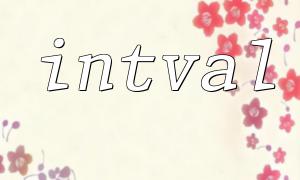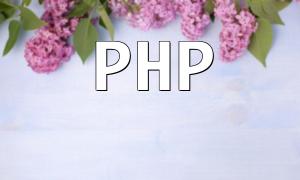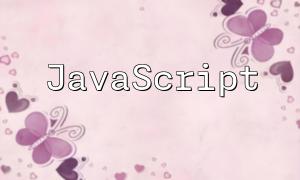In modern web development, data visualization has become an essential part of showcasing information. ECharts, as an open-source chart library, is widely used due to its powerful features and ease of use. In this article, we will explore how to integrate ECharts into PHP projects, helping developers easily create data visualization charts.
ECharts is a powerful charting library that offers a variety of chart types with interactive features to display different kinds of data. Whether it’s line charts, bar charts, or pie charts, ECharts provides a rich set of visualization options. By integrating ECharts into PHP, you can easily turn dynamic data into intuitive charts.
Before using ECharts, ensure your development environment is configured properly. The recommended setup includes:
First, include the ECharts JavaScript library in your HTML page. It’s recommended to use a CDN link to load the library:
<span class="fun"><script src="https://cdn.jsdelivr.net/npm/echarts/dist/echarts.min.js"></script></span>
In PHP, you can retrieve data from a database or other sources and format it as JSON for the frontend to display. Below is a simple example of how to get data from a database and return it as JSON:
<span class="fun"><?php<br>// Database connection<br>$conn = new mysqli("localhost", "username", "password", "database");<br>// Check connection<br>if ($conn->connect_error) {<br> die("Connection failed: " . $conn->connect_error);<br>}<br>// Query data<br>$sql = "SELECT date, value FROM your_table";<br>$result = $conn->query($sql);<br>$data = [];<br>if ($result->num_rows > 0) {<br> while($row = $result->fetch_assoc()) {<br> $data[] = $row;<br> }<br>}<br>$conn->close();<br>// Output data as JSON<br>echo json_encode($data);<br>?></span>In JavaScript, you can use the JSON data obtained to create the ECharts chart. Below is an example that shows how to initialize ECharts on a page and load data:
<span class="fun">var myChart = echarts.init(document.getElementById('main'));<br>fetch('your_php_script.php')<br> .then(response => response.json())<br> .then(data => {<br> const dates = data.map(item => item.date);<br> const values = data.map(item => item.value);<br> var option = {<br> title: {<br> text: 'Data Trend Chart'<br> },<br> xAxis: {<br> type: 'category',<br> data: dates<br> },<br> yAxis: {<br> type: 'value'<br> },<br> series: [{<br> data: values,<br> type: 'line'<br> }]<br> };<br> myChart.setOption(option);<br> });</span>By following the steps above, you have successfully integrated ECharts into your PHP project. ECharts offers a wide range of chart types, which can help you achieve various data visualization effects. Whether you need to display data trends or perform real-time data analysis, ECharts can easily meet your needs.
As you continue to practice integrating ECharts, mastering data handling, chart configuration, and frontend interaction will help you improve the user experience and create more professional data visualization effects in your projects.









